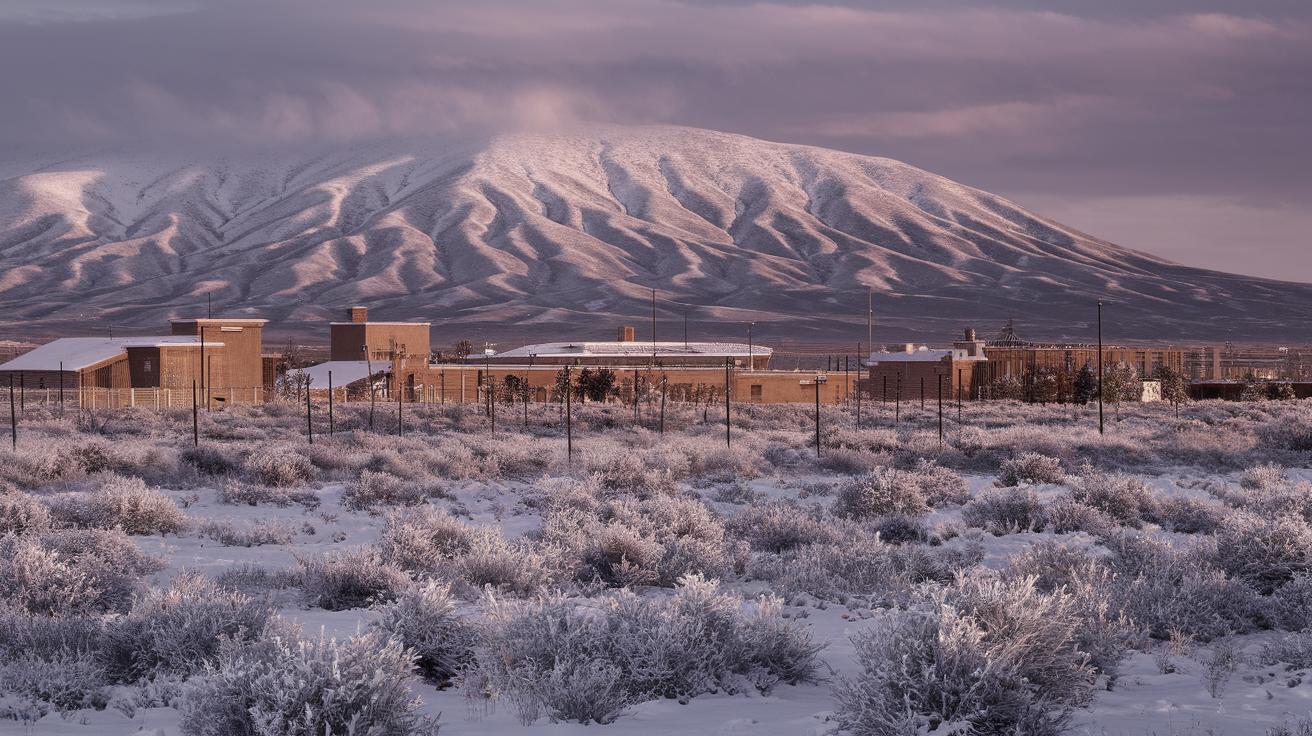Does it Snow in New Mexico?
New Mexico, often known for its arid desert landscapes and vibrant cultural scenes, might surprise many when it comes to winter weather. Though many envision sun-soaked vistas, New Mexico’s diverse geography brings about a wealth of climatic phenomena that includes snow. In this blog post, we will explore different facets of snow in New Mexico, using subheadings to guide us through understanding where it snows, how it impacts life and economy, and the allure of winter tourism. We will also look into future prospects, given changing climatic conditions, examining how snow patterns might evolve in this unique state, ultimately impacting its identity and economy.
Snow in New Mexico: A Geographic Overview
Contrary to the common misconception that New Mexico is an all-desert state, it encompasses a variety of geographical regions that host a range of climates, including alpine environments where snow is not just expected, but a regular part of the ecosystem. The northern part of the state and the central highlands receive significant snowfall during the winter months. Areas such as Taos, Santa Fe, and parts of the Sangre de Cristo Mountains often transform into wintery landscapes, attracting visitors and residents alike.
The elevation in New Mexico plays a crucial role in determining the likelihood and volume of snowfall. Higher altitudes, particularly those above 7,000 feet, are much more prone to experiencing snow. The state’s highest peaks like Wheeler Peak and regions such as the Manzano Mountains can receive substantial snowfall that not only contributes to local water supplies but also enriches local communities through tourism.
The Impact of Snow on Life and Economy
Snow in New Mexico is not purely aesthetic; it has a notable impact on various aspects of life and the economy. For instance, significant snowfall can influence agricultural practices, water resource management, and urban planning. Farmers in the state, who often contend with arid conditions, depend on snowpack as a natural reservoir that gradually releases water, helping to sustain water supply into the dry season.
The economic implications of snow extend beyond agriculture. Snow transforms mountainous regions into bustling hubs of commercial activity centered around winter sports. Skiing, snowboarding, and other winter recreation activities draw visitors from across the country, significantly contributing to the local economy. Events such as the Angel Fire Resort’s Winter Carnival also highlight the cultural significance of snow, integrating local traditions with modern winter festivities.
Winter Tourism: Embracing the Snow
New Mexico’s intriguing winter landscape has paved the way for a thriving tourism sector focused on snow-related activities. The state’s ski resorts, such as Taos Ski Valley and Ski Santa Fe, not only offer exceptional skiing conditions but also boast rich cultural experiences that appeal to visitors seeking unique vacation destinations. The combination of world-class ski runs and a rich artistic heritage make these destinations particularly appealing.
In addition to skiing, New Mexico’s winter wonderlands are ideal for snowshoeing, snowmobiling, and even ice fishing in some of the more secluded areas. This variety of activities ensures that tourism flourishes, providing job opportunities and supporting local businesses. Moreover, this culture of winter sport tourism fosters an appreciation of the natural beauty and rugged charm of New Mexico’s landscapes.
Future Prospects: Climate Change and Snow in New Mexico
Looking towards the future, it’s crucial to consider how climate change might impact snow patterns in New Mexico. As the planet continues to warm, changes in snowpack frequency and intensity are expected. Some climate models suggest that while there may be increased variability in yearly snowfall, overall trends will lean towards less snow in many regions, impacting water resources and winter tourism.
These changes could signal significant adjustments for local economies reliant on snow. Adaptation strategies such as enhanced water management, investment in snowmaking technologies, and diversification of tourism offerings could help mitigate potential negative effects. Education and community engagement around sustainable practices can also empower local residents and businesses to navigate the shifting environmental landscape effectively.
| Aspect | Details |
|---|---|
| Geography and Climate | New Mexico’s varied topography includes areas that regularly see snow, especially at higher elevations. |
| Life and Economy | Snow impacts agriculture (water supply), urban planning, and boosts the local economy through winter sports. |
| Winter Tourism | Skiing, snowboarding, and festive events drive tourism, which is vital for local economies. |
| Future Prospects | Climate change could alter snow patterns, affecting water resources and winter tourism; adaptation is key. |


